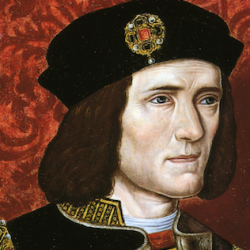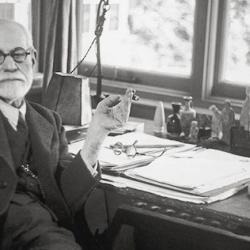In a contribution to Harold Bloom’s collection of essays on Macbeth, Robert Lanier Reid observes that ” Interpreters of Macbeth have focused almost exclusively on the first murder, the killing of a king in Acts 1–2, as the basis for understanding the play—its social, psychological, and metaphysical meanings. Macbeth’s subsequent two assassinations, of Banquo in act 3, and of Macduff ’s wife and children in acts 4–5, either are ignored, or are treated simply as efforts to secure the usurped crown, or perhaps as a kind of Freudian ‘repetition compulsion’ —the blooded man’s first heinous kill engendering serial slayings” (117).
That is a mistake, Reid thinks. Instead, we should view the three murders as “equally significant stages of spiritual catastrophe, three distinctive and theatrically potent dimensions of evil as it evolves and festers in the human psyche.” The is a psychological and social progression in the sequence: “Macbeth murders first a politically authoritative parental ruler, then a brotherly friend (his ‘chiefest friend’ according to Holinshed), and finally a mother and her children” (118). He destroys “three fundamental human bonds, together comprising (in reverse order) the three basic stages of human maturation.” As a result, “in the course of the three murders Macbeth deconstructs the entire psychological infrastructure of human identity” (118).
The three murders also provide the skeleton for the structure of the play: “acts 1 and 2 present, in a continuous sequence, the regicide and its immediate consequences; act 3 shows the murder of Banquo and then its impact on Macbeth at the banquet; acts 4 and 5, another continuous cycle of action, presents the slaughter of Macduff’s family, then its social and psychological consequences” (118).
Reid gives this a distracting Freudian spin: Duncan is superego, Banquo the ego, and Macduff’s family the id. Even without Freud, the points stands.










